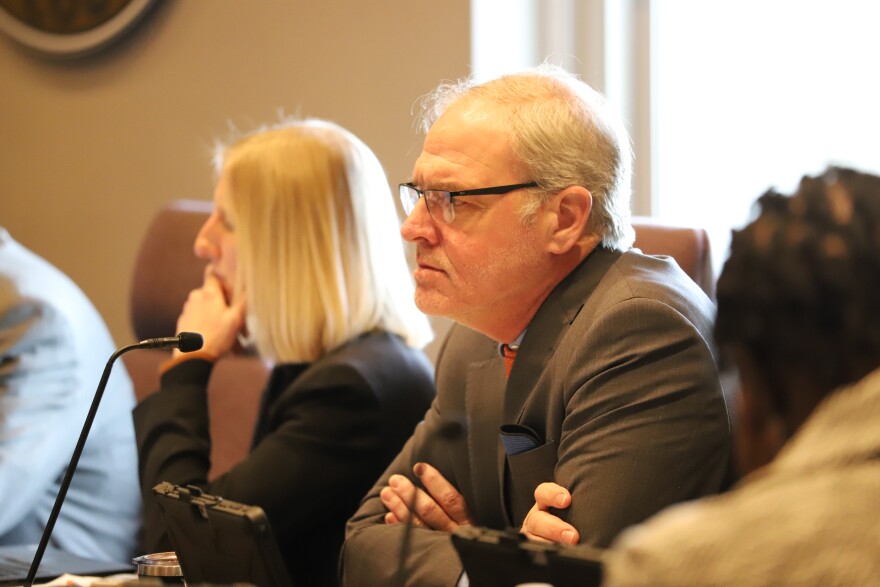Cleveland City Councilmember Kris Harsh spent three years walking the streets of Old Brooklyn and conducting street-level inspections on every house in his ward.
His goal: take stock of the current state of housing across Ward 13, which includes Old Brooklyn and part of the Stockyard neighborhoods on the city's West Side, and improve property conditions and values.
"A lady that lives here emailed me and said that she hasn't seen this much work done to her street in the 38 years that she's lived in Old Brooklyn," Harsh said. "I had homeowners call me and say, 'Yeah, you're right. I got to fix that. What kind of resources are available?'"
Harsh found that more than three-quarters of the 8,507 homes surveyed were in "excellent condition." He mailed more than 1,500 property owners letters detailing minor issues, such as peeling paint, fallen gutters or missing handrails. Though some were housing code violations, he offered guidance and resources without escalating to city enforcement.
115 properties were flagged for major issues, for which Harsh requested a remediation plan within 30 days before passing along to the city's Department of Building and Housing. Many of those issues were fixed, he said.
"I was really excited about how a $1 letter to an investor can get them to put the investment into their property that nothing else does," Harsh said. "If my $1 letter put a $12,000 roof on the house of a rental in Old Brooklyn, that is $1 well spent."
Out-of-area property owners held a disproportionate share of major issues: despite owning about 6% of Ward 13 homes, they were responsible for 13% of those violations, and 9% of minor ones.
"My letter said if this goes to a violation notice there's real financial costs," Harsh said. "And I think lighting a fire underneath people sometimes is all you need to do. People did the work. Investors did the work."
As for owner-occupants, Harsh said he connected more than 100 homeowners with home repair assistance programs they may not have known were available to them.
Harsh said resident feedback has been positive. And the effects have been demonstrative, he said.
"You can drive down a street that I did six months after I sent out the letters and you'll see new steps. You'll see a fresh coat of paint. You'll see driveways cleaned up," Harsh said. "And that type of investment means a lot in the neighborhood."
He even sent himself a letter, citing a missing handrail on his own home.
Harsh was inspired by his previous work at Metro West, a community development organization for the West Side neighborhoods of Brooklyn Centre, Clark-Fulton and the Stockyard.
Harsh's method of taking housing inspections into his own hands isn't practical for the entire city: he said he wants to hire more housing inspectors for better code enforcement: something many at City Hall agree there's a need for.
Currently, the city has filled 79 of the 100 budgeted inspectors, who mostly respond to complaints. The city is recruiting and hiring for the open positions. During this year's budget process, Harsh pushed to hire a property maintenance inspector in each ward, which he pitched would conduct similar surveys across Cleveland and distribute non-punitive alerts before escalating to code enforcement. That idea was not funded.
Last year, City Council passed Mayor Justin Bibb's suite of renter protection laws billed as "Residents First," which overhauled the city's housing code to take aim at absent landlords who let properties fall into disrepair.


